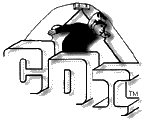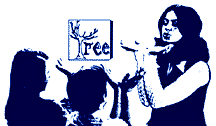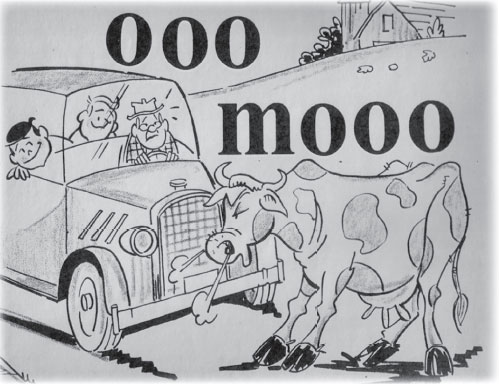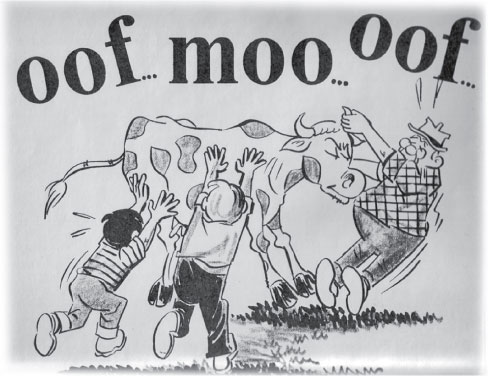
The Symbol Accentuation Program
| |||||||||||||

Hat (QuickTime) 64KB |
The Symbol Accentuation Program is divided into three phases. Each phase coordinates animated sequences on the CD ROM, with flashcards and/or workbook materials.

Sit (QuickTime) 48KB
PHASE 1: Establishing Sight Reading - Ten introductory lessons. Children learn by becoming actively involved with animated sequences on the CD ROM and then with accentuated flashcards and workbook materials related to the animated word sequences previously presented on the computer.
|

Mop (QuickTime) 69KB
PHASE 2: Transition to Phonetic Reading -The next five lessons prepare children for phonetic reading and writing by sensitizing them to the sound components within the words they have already learned.
|
| SAM AND THE BOYS Sam and the Boys is an engaging children's adventure story that introduces letter-sound relations and blends in natural situations. Many of the sounds come into play as Sam and the boys try to get their car past a cow that refuses to budge so that they can get to the station to catch their train. The illustrations below show how the sounds and blends emerge from the various situations.

Foo (QuickTime) 67KB
PHASE 3: Phonetic Reading and Writing -During the final 15 lessons students first learn to deal with words in which consonants combine with the strong vowel oo, and then to read and write words in which consonants combine with the short vowels a, e, i, o, u.
|

Moo (QuickTime) 54KB
The Symbol Accentuation Program begins phonetic reading and writing instruction by teaching children to "fix" a few letter-sound relationships and then by helping them to combine these letters into meaningful words. As soon as students learn to sound and to combine a few letters into meaningful words, they learn to write these words by themselves. This pattern of "fixing," combining and writing continues through Phase 3.
|
 Thus, during Lesson 16 children learn to utter sounds and to write the letters for sh, oo, c, b, f, m. While in Lesson 17 they learn to combine these letters into words shoo, moo, foo, oof, coo, boo, boom and gain their meanings through both reading and writing them. This pattern of a constant oo vowel combining with different consonants continues through Lesson 20. Lesson 21 teaches the letter-sound relationship for s and demonstrates the way the number of objects increase when a word is changed from singular to plural. Lessons 22, 23, 24, 25, and 26 teach, respectively, the manner in which consonants combine with short vowels o, e, i, u, and a. Lessons 27, 28, 29, 30 demonstrate the manner in which changing the vowel in the middle of a word changes the entire word; e.g., boot, bat, bit, hoot, hat, hit, hut, etc. The final lessons also differ from Lesson 16-26 in that the words are developed with minimal accentuation. For example, while films used in Lessons 16-26 accentuated all letters in order to provide sequential cues for the appropriate sounds, the last four films from Lesson 27-30 show the first two letters (a consonant and a vowel) as a unit: e.g., ca, mo, ri, etc. Leaving only the final consonant in its "accentuated" form. The purpose here, of course, is to decrease the dependence on letter accentuation and, at the same time, to train students to cope with the first letters of a word as a unit. Such combining makes it easier for them to blend the word as a meaningful entity than it would if they had to blend separately each of three or four letters into a word. The Symbol Accentuation Reading Program kit includes:
| 
Download QuickTime Player  Copyright © 1997-2000 by Cognitive Designs, Inc. All rights reserved. Miller Method is a registered trademark of Cognitive Designs, Inc. The CDI Logo, Symbolic Playthings, Sign and Spoken Language and Symbol Accentuation are trademarks of Cognitive Designs, Inc. | ||||||






